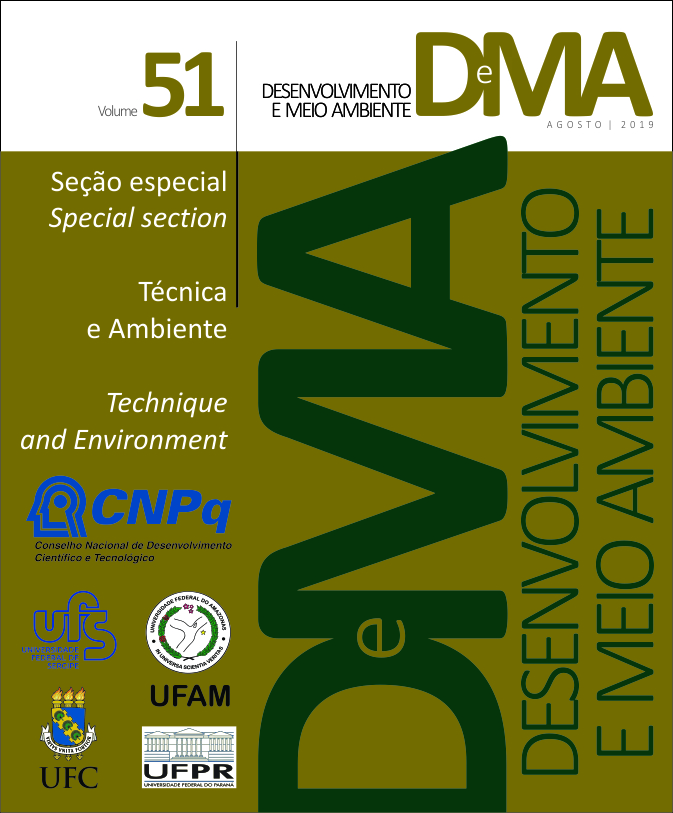Environmental perception studies: approaches to the philosophy and practice of yoga as hermeneutical tools
DOI:
https://doi.org/10.5380/dma.v51i0.62876Keywords:
environment, body/emotion, yoga, perceptionAbstract
In these pages we display some headings of a research linked to environmental perception and social sensibilities. The aim is to understand the social modes of configuration of sensibilities, being constituents of perception. Particularly, we deal here with some considerations of yoga bodily practices increasingly extended in urban societies, observing in which ways this generates a specific perception, both of the body (flesh) and the environment, so as to amplify our views of the “green” issue, the perception and consciousness, in order to observe how they connect to the “surroundings”. As a background, there is the question of the limits and boundaries between body, environment and their mutual configurations. Aiming at constructing a perspective that goes from global south, we revise these from a critical view of a colonised modernity.
Downloads
Published
How to Cite
Issue
Section
License
Copyright on works published in this journal rests with the author, with first publication rights for the journal. The content of published works is the sole responsibility of the authors. DMA is an open access journal and has adopted the Creative Commons Attribution 4.0 Not Adapted (CC-BY) license since January 2023. Therefore, when published by this journal, articles are free to share (copy and redistribute the material in any medium or format for any purpose, even commercial) and adapt (remix, transform, and create from the material for any purpose, even commercial). You must give appropriate credit, provide a link to the license and indicate if changes have been made.
The contents published by DMA from v. 53, 2020 to v. 60, 2022 are protected by the Creative Commons Attribution-NonCommercial-NoDerivatives 4.0 International license.
DMA has been an open access journal since its creation, however, from v.1 of 2000 to v. 52 of 2019, the journal did not adopt a Creative Commons license and therefore the type of license is not indicated on the first page of the articles.




